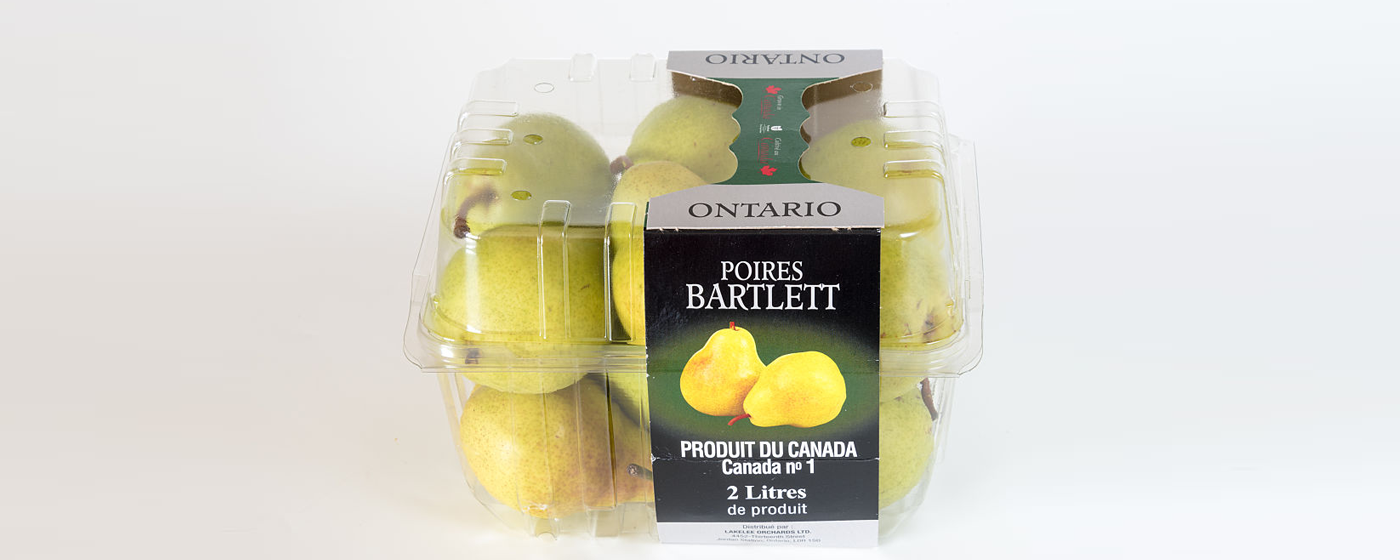Packaging – origin
The information conveyed by the packaging of food products aims to guide consumer choice. Health crises, such as the ‘mad cow disease’ in the 1990s, have underlined the importance of knowing exactly where the products we consume come from and all the stages they have gone through in the production, processing and distribution chain. Food traceability falls within the realm of food safety.
From plough to plate, from stable to table
Health crises in the agro-food industry, such as the risk of diseases being transmitted from animals to humans, have underlined the importance of knowing where food comes from and the route it has taken before reaching our plates, in other words its traceability. The Codex Alimentarius, created in 1961, determines the international food standards in this regard. It defines traceability as “the ability to follow the movement of food through specified stages of production, processing and distribution.”(FAO, 2015).
In the case of meat, the traceability system means that each animal intended for human consumption can be precisely identified from its birth to its transformation into a food product (origin, gender, breed, age, movements and veterinary treatments).
Today, ethical consumerism strongly influences the field of public health. Consumers are paying increasing attention to the risks of food fraud, the well-being of animals destined for slaughter, and sustainable fishing, as well as to organic farming and fair trade. The traceability indicators on product packaging guide consumers in their choice.
Information on the packaging
Food traceability data features on product packaging alongside the list of ingredients and the table of nutritional values. As such, this data guides consumer choice by providing information.
Packaging must display a certain amount of mandatory information regarding traceability: the name and address of all those involved throughout the entire food supply chain, namely the manufacturer, the packager, the distributor, the importer, the exporter and the seller of the product. The country of origin must be declared if its omission risks misleading the consumer, for example, if the product clearly refers to the country where it is sold, whereas the ingredients do not come from there. However, if imported food has been processed in a country in such a way that its nature has been changed, that country will be considered as the country of origin. Different kinds of packaging each carry their own identification mark so that the production plant and the batch can be identified. This mark may be written out in full or take the form of a barcode.
HIRST, Ellen Jean, 2014. 40 years ago today: Wrigley gum the first product to have its bar code scanned. Chicago : Chicago Tribune, 07 24, 2014.
FAO. 2015. Traçabilité. Organisation des Nations Unies pour l'alimentation et l'agriculture. [Online] Division des infrastructures rurales et des agro-industries, 2015. [Cited: 12 04, 2015.] http://www.fao.org
FAO, Comité des Pêches. 2014. Commerce des services liés à la pêche. FAO. [Online] Février 2014. [Cited: 12 04, 2015.] http://www.fao.org
FAO, OMS. 2004. Traçabilité. FAO. [Online] 2004. [Cited: 12 04, 2015.] http://www.fao.org




